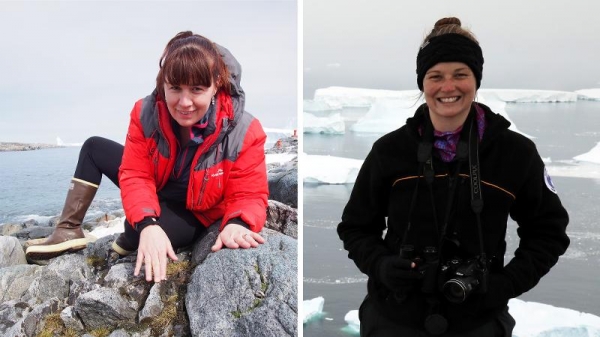A study into the impact of global warming on the biodiversity of the Antarctic has identified how predicted expansion of ice-free areas will impact native animals and plants, paving the way for the invasion of non-native species in Antarctica.
An international team of all-women researchers, who published their study in Global Change Biology, included researchers from Australia, the UK, and the United States, including QUT’s Dr Justine Shaw and Dr Jasmine Lee, who is also a research fellow at the British Antarctic Survey. Dr Shaw and Dr Lee are researchers with the Australian Research Council special research initiative Securing Antarctica’s Environmental Future (SAEF).
Dr Lee, the first author of the study, said although permanently ice-free land currently covered less than one percent of Antarctica, it is predicted to increase by nearly 25 percent by 2100. Ice free area is crucial habitat for most of Antarctica’s terrestrial biodiversity, including its iconic seabirds, who need ice-free land for breeding.
“We know that there will be thousands of square kilometres of new-ice free area and the warmer temperatures and extra available water will create new habitats ripe for colonisation, which will benefit some species and not others,” Dr Lee said.
Read more at Queensland University of Technology
Image: From left Dr Justine Shaw and Dr Jasmine Lee. (Credit: Queensland University of Technology)


